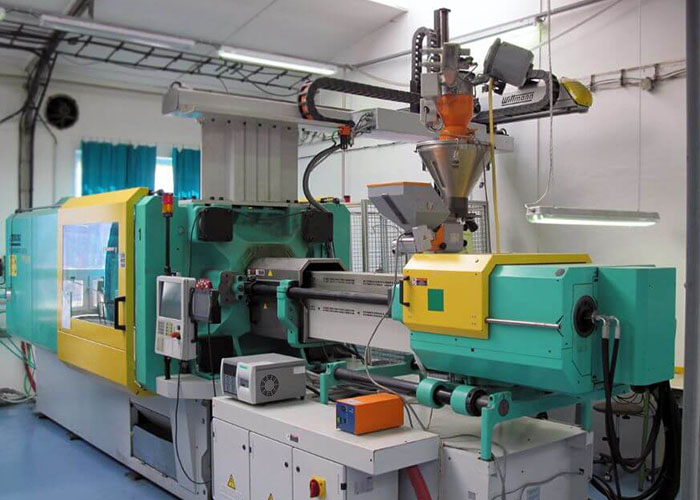What are pre-molding action and back pressure control for injection molding you know?
The pre-molding action and back pressure control for injection molding
Choice of pre-plastic action
According to whether the plastic molding injection seats of the front and back of the pre-plastic feeding are retracted, that is, whether the nozzle leaves the injection mold, the injection molding machine generally has three options.
Fixed feeding
The nozzle is always attached to the injection mold before and after pre-plasticizing, and the shooting seat does not move.
Pre-feeding
The nozzle is pressed against the injection mold for pre-plastic feeding. After the pre-molding is completed, the plastic molding injection seat moves backward and the nozzle leaves the injection mold.
The purpose of choosing this method
During the pre-molding, the injection hole of the mold is used to resist the nozzle to prevent the melt from flowing out of the nozzle when the backpressure is high. After pre-molding, the nozzle and the injection mold can be prevented from contracting for a long time and generating heat transfer, which affects the relative stability of their respective temperatures.
Post-feeding
After the injection is completed, the shooting seat retreats, the nozzle leaves the injection mold, pre-plasticized, and then the injection seat is advanced. This action is suitable for processing plastics with, particularly narrow molding temperatures. Due to the short contact time between the nozzle and the injection mold, heat loss is avoided, and solidification of the melt in the nozzle hole is also avoided.
After the plastic molding injection is finished and the cooling timer is finished, the pre-plastic movement starts. The rotation of the screw melts the plastic and extrudes it in front of the screw head. Due to the check valve function of the check ring at the front end of the screw, molten plastic accumulates at the front end of the barrel, forcing the screw backward.
When the screw retreats to a predetermined position (this position is determined by the travel switch to control the distance the screw retreats to achieve quantitative feeding), the pre-plastic stops and the screw stops rotating.
It is followed by a retraction action, which means that the screw makes a slight axial retreat. This action can release the pressure of the molten material accumulated at the nozzle and overcome the retention caused by the imbalance of the pressure inside and outside the barrel phenomenon.
If retraction is not required, the retraction stop switch should be adjusted to the appropriate position, so that at the same time the pre-plastic stop switch is pressed, the backward stop switch is also pressed.
When the screw is retracted to the stop switch, the retraction stops then the shooting block began to recede.
When the shooting block moves backward to press the stop switch, the shooting block stops moving backward. If the fixed feeding method is adopted, the position of the travel switch should be adjusted.
In general, the fixed feeding method is often used to save time for the plastic molding injection seat to move forward and backward and speed up the production cycle.
Screw back pressure and speed control
The high back pressure can make the melt obtain strong shear, and the low speed will also make the plastic get a longer plasticizing time in the barrel. Therefore, at the same time, the program control of backpressure and rotation speed is used more frequently.
For example, in the full stroke of screw measurement, first high speed, and low back pressure, then switch to a slower speed and higher back pressure, then switch to high back pressure and low speed, and finally plasticize at low back pressure and low speed. In this way, most of the pressure of the melt in the front of the screw is released, reducing the rotational inertia of the screw, thereby improving the accuracy of screw metering.
Excessive back pressure often causes:
The discoloration degree of the colorant increases;
The mechanical wear of the pre-plastic mechanism and the barrel screw increases;
The pre-plastic cycle is extended and the production efficiency is reduced;
The nozzle is prone to drooling and the number of reclaimed material increases;
Even if the self-locking nozzle is used, if the back pressure is higher than the designed spring locking pressure, it will also cause fatigue damage. Therefore, the backpressure must be adjusted properly.
You may also be interested in the below articles:
Summary Of 50 Injection Mold Structure Operation Dynamic Diagrams




